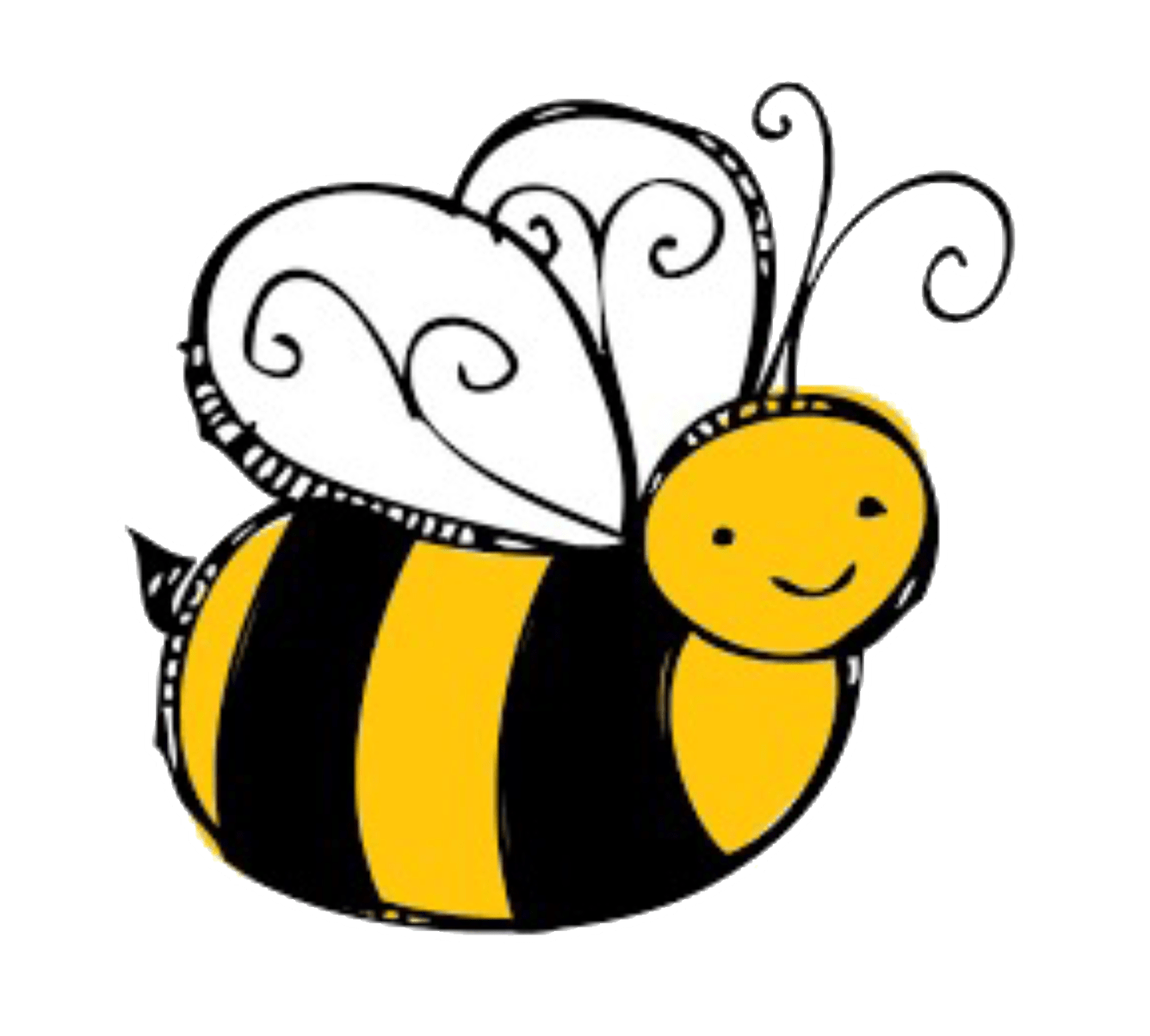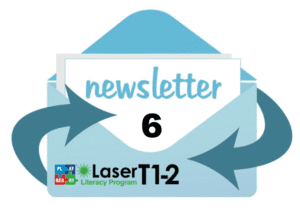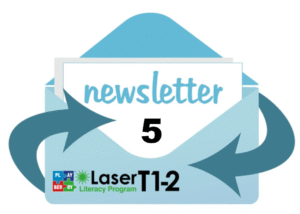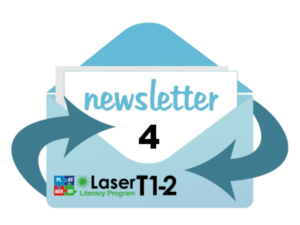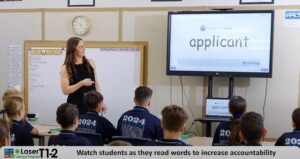
What is Playberry Laser T1-2?
Playberry Laser T1-2 is an evidenced-informed Literacy Program for primary school students.
We follow a structured, synthetic phonics approach to teaching reading and spelling that focuses on developing children’s understanding of the relationship between letters and sounds. Learning to read involves recognising individual sounds in words (phonemes) and linking them to the letters or groups of letters (graphemes) that represent those sounds. By explicitly teaching the relationships between letters and sounds, children develop the foundational skills necessary for reading fluently and accurately. The efficacy of the structured, synthetic phonics approach is evidenced by one of the strongest evidence bases in educational research.
Students in the early years of Playberry Laser learn how to read and spell basic code (letter-sound correspondences) and progress to more complex letter-sound correspondences known as extended code.
In the middle years, students consolidate their knowledge of extended code and less frequent, more complex spelling patterns. Students in the upper years consolidate less frequent spellings and master spelling rules associated with how meaningful word parts, (morphemes) come together. Students are taught morphemes, grammar concepts and common spelling rules from Reception to Year 6.
How is Playberry Laser T1-2 taught?
Lessons are taught by teachers who have been trained in Phonology & Morphology.
In Phase 1 there are five phonology lessons per week with basic morphology built in to lessons.
In Phases 2 and 3, there are five phonology lessons per week as well as one morphology lesson in some weeks.
In Phases 4 and 5, there are three phonology lessons
per week and one to two morphology lessons.
Phases 6 and 7 consist of four morphology lessons
per week.
Revision drills are an essential part of daily practice across all phases to ensure that students store in long term memory the phonemes (sounds) that match graphemes (letter/s) taught. Automaticity is the key.
Students learn, review and use spelling rules daily in writing tasks. They read and write words and sentences, read texts and learn vocabulary that is new or unfamiliar. Students also learn and practice how to apply grammar in context.
All lessons in the Playberry Laser Program utilise proven, highly effective teaching techniques. New learning is revised until the majority of students have reached mastery. Students needing extra practice receive it.
Multisensory learning is a cornerstone of Playberry Laser’s effectiveness. Auditory, visual and kinesthetic learning channels are engaged simultaneously as students see (read), say and hear (sound out, segment, blend, read words), and do (spell, write).
Playberry Laser T1-2 is taught to the whole class
The focus on daily revision ensures that the majority of students achieve mastery within the class setting.
Students who need more revision access additional (Tier 2 small group) support and students needing
even more support may access Tier 3 (1:1 or 1:2) support.
Those learning to read and spell with ease further enhance their skills
Experts once thought that good readers guess unknown words without decoding and don’t need structured, synthetic phonics. They also theorized that teaching phonics and decoding slows reading development. Brain studies have since proven the exact opposite to be true. It turns out that the best readers decode unknown words, while weaker readers are more likely to try to guess unknown words from context. Guessing sometimes works, but a lot of the time, it lets students down and damages comprehension. Although it might seem cute for a student to read horse as house when they’re young, reading chlorophyll as chloroform in a science test has greater implications.
A very small proportion (about 5%) of students learn to read easily, regardless of whether or not they get high-quality, thorough and explicit phonics instruction. This does not mean that they somehow bypass phonics. All strong readers and spellers have strong phonics skills. Some students’ brains, however, pick up phonics easily because of well-developed language skills and finely-tuned speech-sound analysis abilities. These students still benefit from thorough and explicit teaching so they can build on this strong base. Strong reading doesn’t guarantee strong spelling. Many strong readers may still struggle with spelling due to the complex nature of English spelling. Explicitly teaching the rules and patterns of the English spelling system makes sure students gain a deeper understanding of its structure and logic. Our focus on evidence-informed instruction lifts the learning outcomes of all students. It is helpful to all and harmful to none.
The explicit morphology instruction included in the Playberry Laser program also helps all students gain an understanding of the Latin and Greek layers of English. These are the words that feature heavily in high-level language specific to the sciences.
Playberry Laser is unapologetically thorough, routine based and rigorous
Using retrieval practice in many forms, students benefit from ample opportunities to reinforce and solidify their skills. Practice makes permanent.
In addition to drill and retrieval practice, students are provided with opportunities to apply their knowledge in meaningful contexts. This is achieved through decodable connected texts, read both chorally as a class, in pairs and individually. Gradually, students progress to more diverse texts that include both decodable and sight (irregularly spelt) words. These are called heart words in Playberry Laser. This helps all children develop reading fluency and comprehension.
Playberry Laser supports reading comprehension and expressive writing
While Playberry Laser has a heavy emphasis on decoding and spelling, it supports reading comprehension and expressive writing as well. Proficient readers with a solid foundation in phonics quickly and accurately decode and store new words, allowing them to understand the text’s meaning. Proficient spellers become more automatic when spelling words. This frees them to think about what they want to say and how best to express it in writing.
Reading and spelling with ease and accuracy is all about automaticity. Phonics instruction lays the groundwork for efficient word recognition and spelling, enabling students to engage with language at deeper levels. (irregularly spelt) words. These are called heart words in Playberry Laser. This helps all children develop reading fluency and comprehension.
Cheat Sheet for Parents
Phoneme: The smallest unit of speech sound in a word.
The word ‘shark’ has three phonemes (sh) (ar) (k).
Grapheme: The letter/s that spell the sounds in words. The word ‘shark’ has three graphemes: sh, ar, k. The word dog has three graphemes: d, o, g.
Phonology: The study of the sound structure in language.
Phonics: A method of teaching people to read by matching sounds (phonemes) with symbols (letters). Phonics has the strongest evidence base there is when it comes to teaching reading and spelling.
Morpheme: The smallest unit of meaning in a word Eg: ‘sharks’ has 2 morphemes shark + s. The base word is ‘shark’ and the suffix ‘s’ indicates plurality.
Morphology is the study of meaningful word parts.
Sounding Out (decoding): Saying the phonemes (sounds) out loud to get to an accurate pronunciation (and recognition) of an unknown word.
Blending: Saying the sounds quickly, or stretching the sounds to hear the word.
Segmenting: Hearing a word and breaking it into its separate phonemes (sounds) to spell it.

